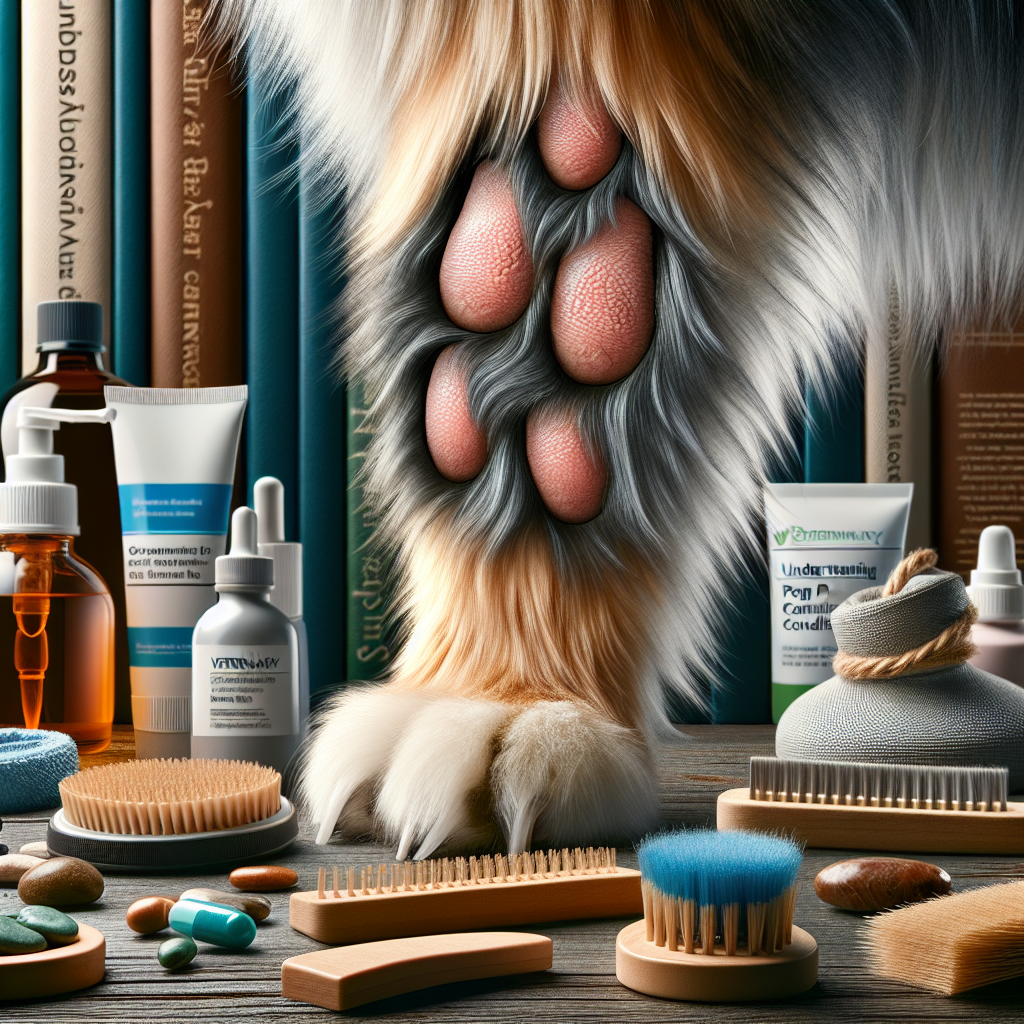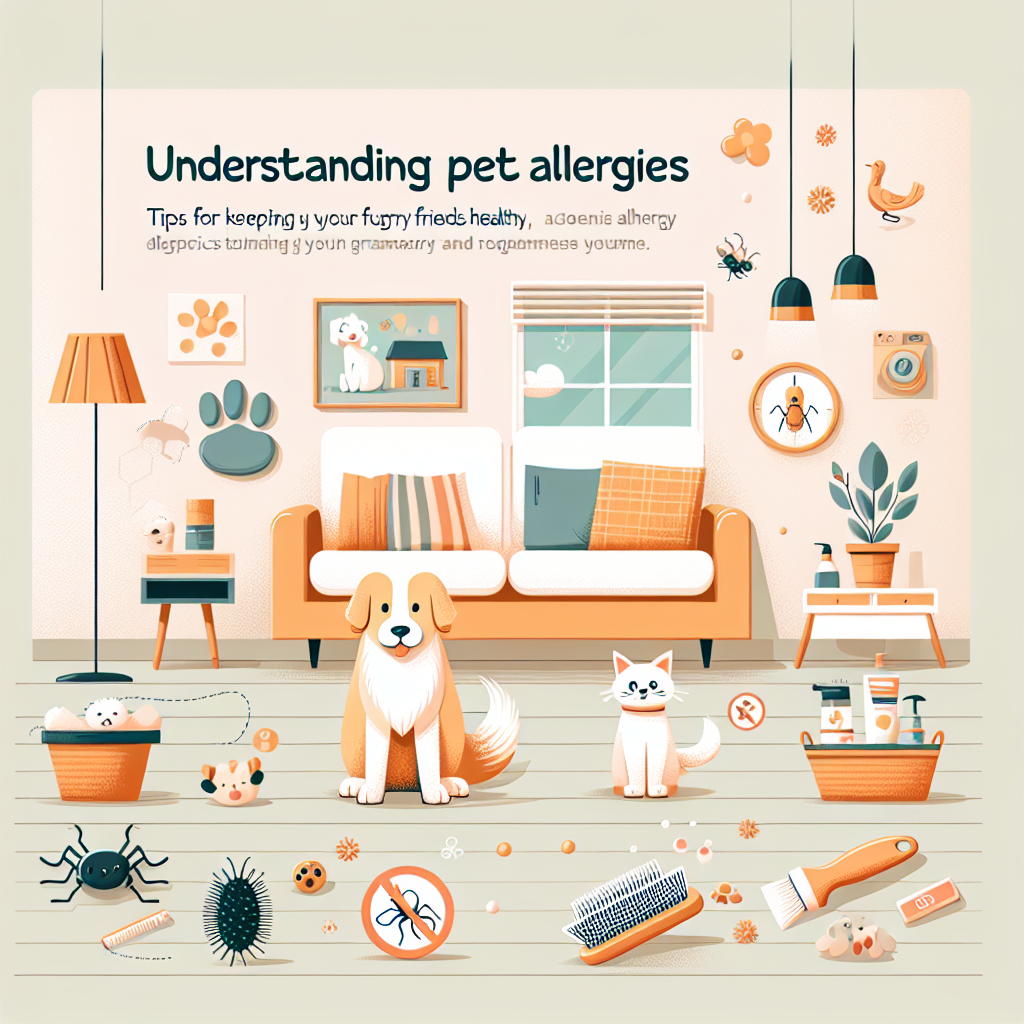As pet owners, we cherish our furry companions, wanting them to lead long, healthy lives. One aspect of their health that often demands our attention is their skin. Just like humans, pets can suffer from a variety of skin conditions. Understanding these issues can help ensure our pets remain comfortable and healthy.
Common Causes of Skin Conditions
Allergies
Pets can develop allergies to various environmental factors like pollen, dust mites, or certain foods. Allergies often manifest as itching, redness, or swelling on the skin. Sometimes, pets may even develop hotspots—areas of irritated skin that become inflamed and painful.
Parasites
Fleas, ticks, and mites are common culprits of skin problems in pets. Flea infestations can lead to severe itching and skin infections, while ticks can transmit diseases. Regular grooming and preventive treatments are essential to manage parasite-related skin issues.
Infections
Bacterial or fungal infections can occur if the skin’s barrier is compromised. Yeast infections, for example, can cause intense itching and an unpleasant odor. These infections often arise from allergies or other underlying health issues.
Endocrine Disorders
Conditions like hypothyroidism or Cushing’s disease can lead to skin problems as well. Changes in hormone levels can affect the skin’s oil production, leading to dryness, hair loss, or flakiness.
Recognizing the Symptoms
Being observant of your pet’s behavior and appearance is crucial in identifying skin issues early. Common symptoms include:
- Itching and Scratching: Excessive scratching is often a sign of irritation or allergies.
- Redness and Inflammation: Look for inflamed areas which may indicate an infection or allergic reaction.
- Hair Loss: This can occur in patches or more uniformly across the body.
- Odor: A strong, unpleasant smell may signal a skin infection or allergies.
- Bumps or Lesions: Unusual growths can be benign or serious; it’s important to consult a veterinarian.
Diagnosis of Skin Conditions
When noticing troubling signs, your first step should be visiting a veterinarian. A thorough examination will help in diagnosing the issue. The vet may perform:
- Skin Scrapes: To check for parasites or infections.
- Allergy Tests: To pinpoint specific allergens affecting your pet.
- Blood Tests: To rule out underlying health conditions like endocrine disorders.
Treatment Options
Once diagnosed, treatment can vary based on the specific condition:
Medications
- Antihistamines: Help alleviate allergy symptoms.
- Topical Treatments: Antibiotic creams or medicated shampoos can treat infections and soothe irritated skin.
- Steroids: In cases of severe inflammation or allergies, steroids may be prescribed.
Dietary Changes
If food allergies are suspected, your vet may recommend a special diet. Grain-free or hypoallergenic foods can be beneficial for some pets.
Parasite Control
Regular use of flea and tick preventives is key in keeping your pet safe from infestations. Consult your vet for the best products tailored to your pet’s needs.
Regular Grooming
Establishing a consistent grooming routine helps remove dead skin, fur, and dander. This is especially important for long-haired breeds. Regular brushing can also help you spot any abnormalities early on.
Prevention Tips
Being proactive with your pet’s care can significantly reduce the risk of skin conditions:
Maintain a Clean Environment
Regular cleaning of your pet’s living area and bedding can help minimize allergens and parasites. Use pet-safe cleaning products to ensure their safety.
Regular Vet Check-Ups
Routine veterinary visits are essential for preventive care. Discuss your pet’s health and any skin concerns during these visits.
Use Quality Nutrition
A well-balanced diet with essential fatty acids can promote healthy skin and fur. Always choose high-quality pet food to support your pet’s overall well-being.
Keep Them Hydrated
Ensure your pet has access to fresh water at all times. Hydration plays a crucial role in maintaining skin health.
Be Mindful of Seasonal Changes
During certain seasons, allergens may spike. Monitor your pet during these times, and consult your vet about preventive measures, such as antihistamines.
Conclusion (omit for the purpose of this task)
By staying informed about common skin conditions and being vigilant about your pet’s health, you can ensure your furry friend remains happy and healthy throughout their life. Regular veterinary check-ups and attentive care go a long way in preventing and managing skin issues.





